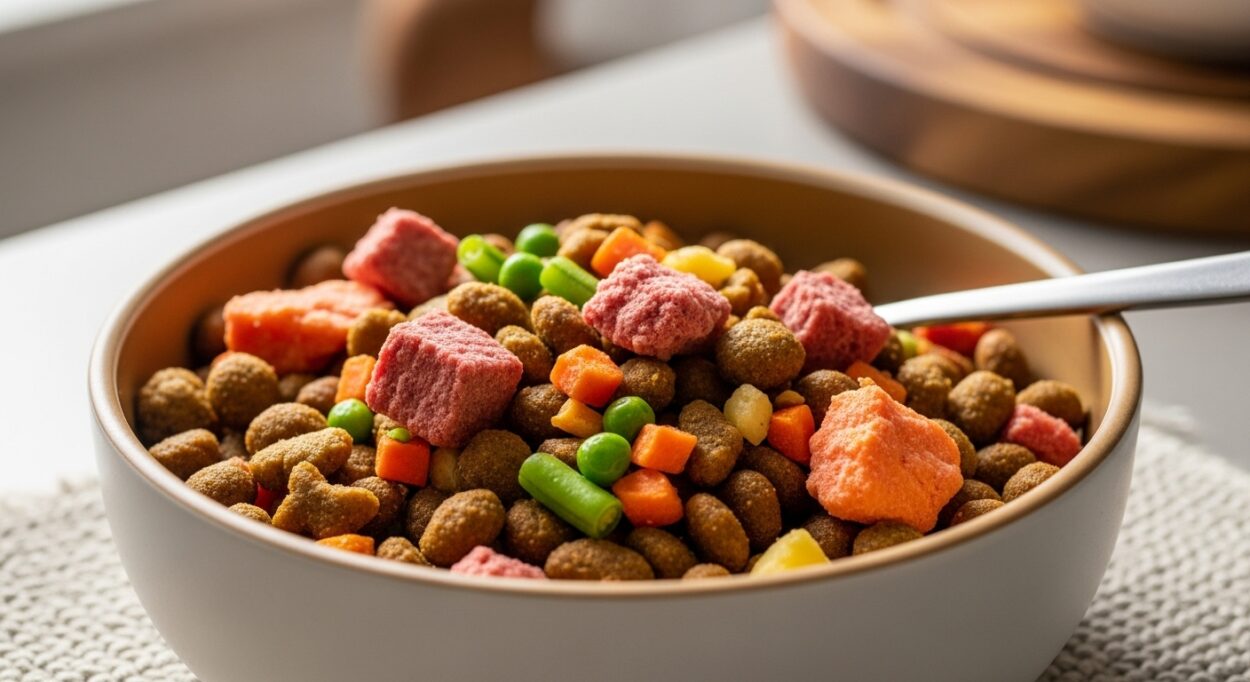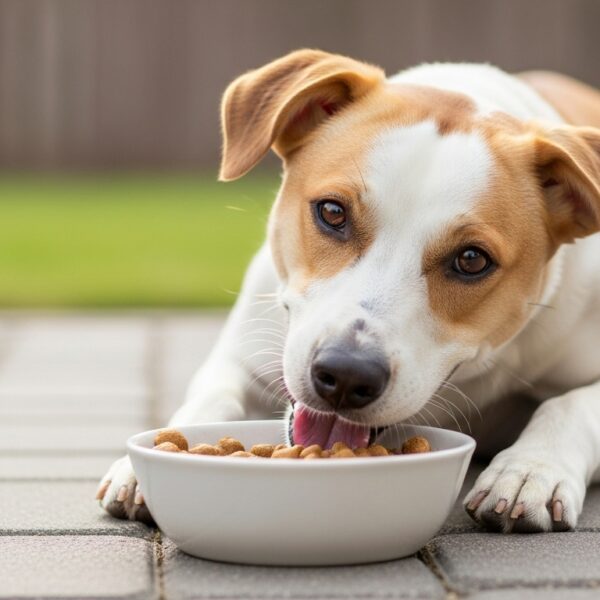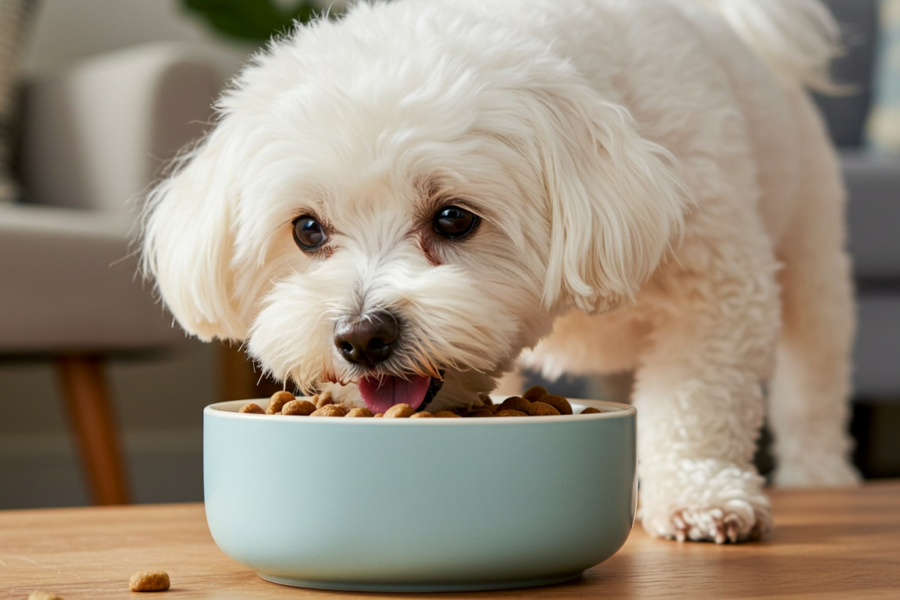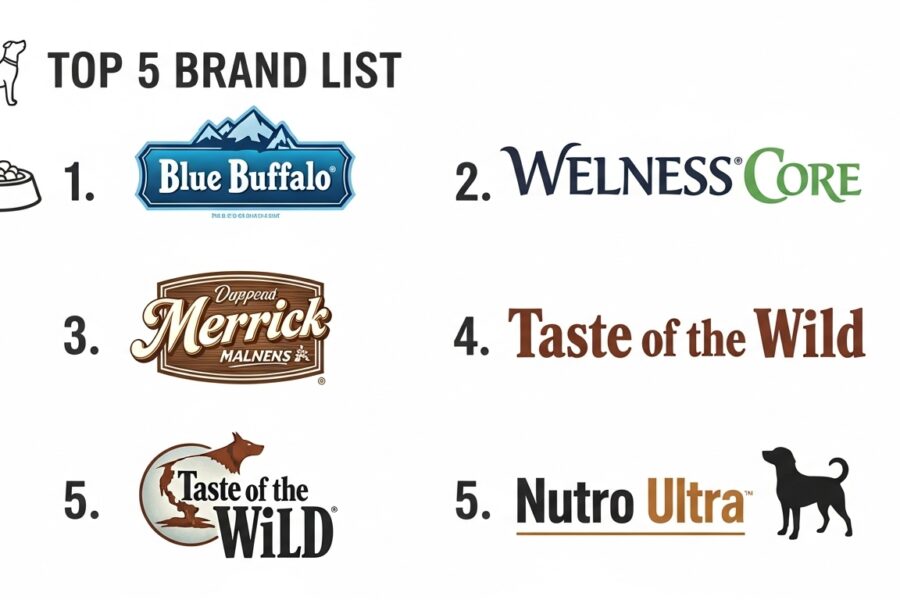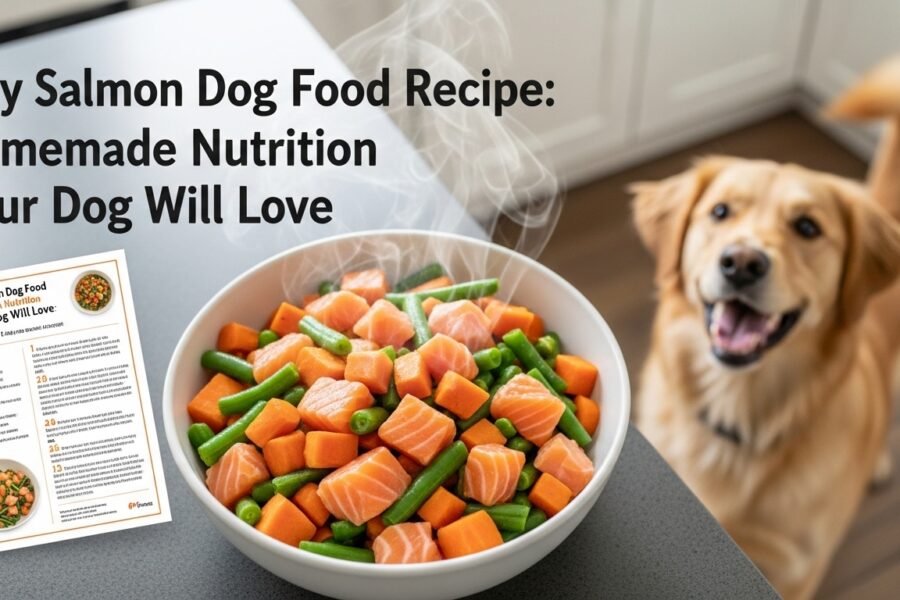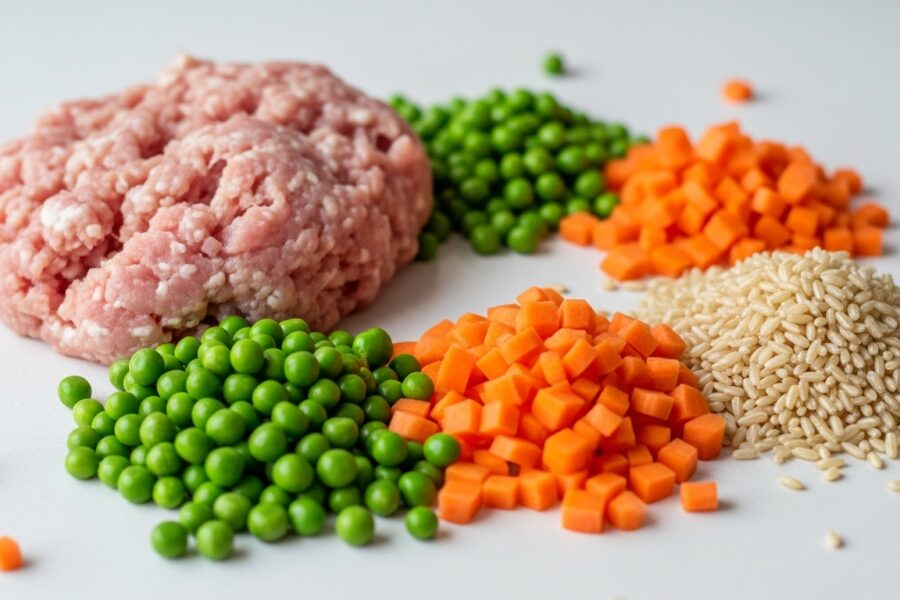Table of Contents
Introduction
Is your dog turning up their nose at dinner—again? If you’re tired of coaxing, mixing, and pleading every mealtime, you’re absolutely not alone. Many pet owners struggle with dog food for picky eaters, making every feeding session stressful and messy. But don’t worry—with the right tips and a little patience, you can help even the most particular pup enjoy their bowl and thrive. In this comprehensive guide, we’ll dive into common reasons why dogs get picky, the best food options, and how to keep your dog’s diet balanced and joyful.
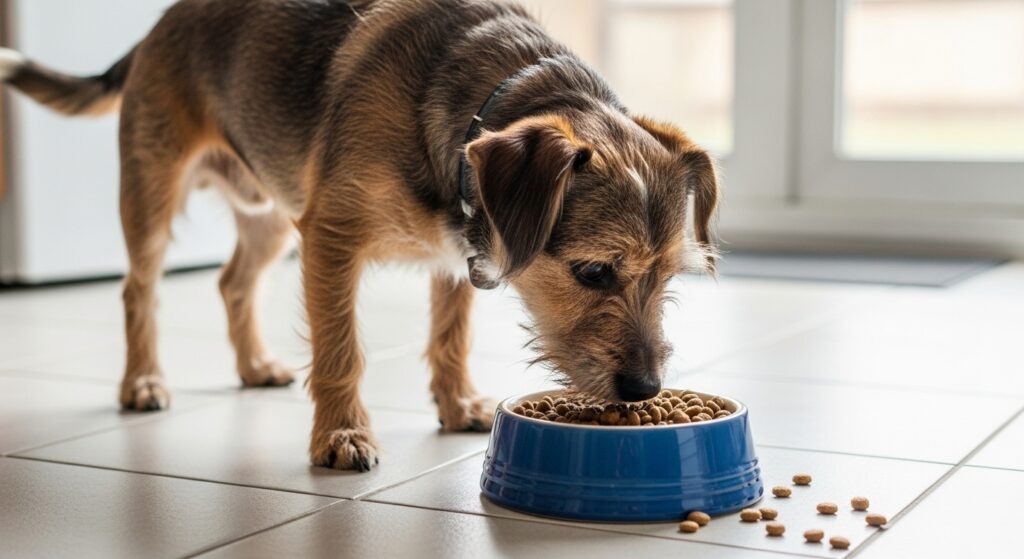
Why Are Some Dogs Picky Eaters?
Understanding why your dog is picky is the first step toward a solution. Here’s what could be happening:
- Spoiled by treats or table scrapsGiving too many treats or sharing human food? Dogs quickly learn to hold out for the “good stuff!”
- Medical issuesDental pain, upset stomach, or other health problems can suppress appetite. Always check with your vet if your dog’s eating habits change suddenly.
- Boredom with foodImagine eating the same meal every day! Sometimes dogs just need a little variety.
- Anxiety or stressBig changes at home, new pets, or loud noises can cause some dogs to lose their appetite.
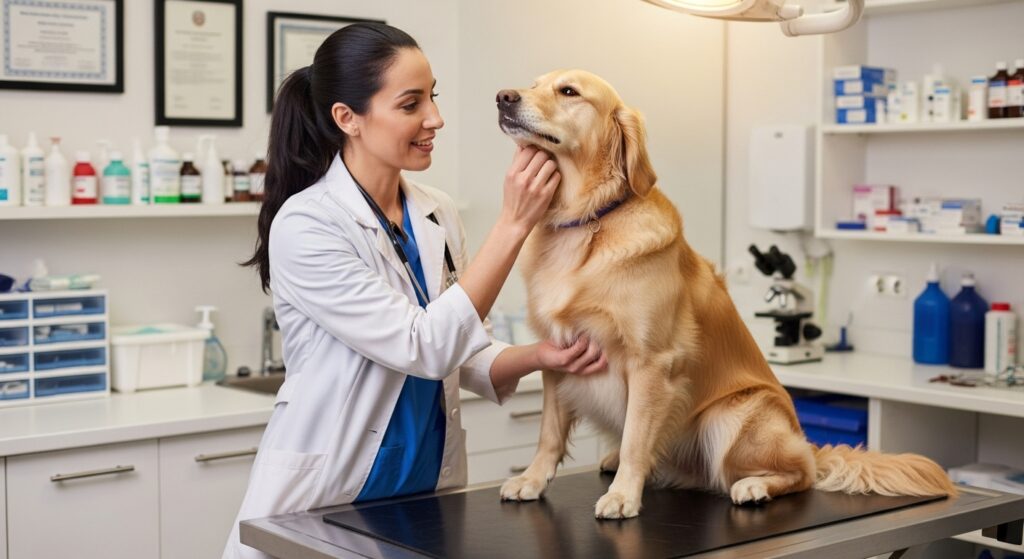
How to Choose the Best Dog Food for Picky Eaters
Let’s get to the heart of the problem—finding a food your dog will not only eat, but also enjoy. Here’s what to look for:
1. High-Quality, Tasty Ingredients
Choose dog foods that use real meat as the first ingredient, avoid artificial flavors, and have a strong aroma (dogs love smell!).
2. Wet vs. Dry: What’s More Appealing?
Many picky dogs prefer wet or semi-moist food over dry kibble. The textures and stronger smells can make a big difference. You can also try mixing wet food with dry food to encourage eating.
3. Novel Proteins or Flavors
Some pups get bored with the same old chicken. Try foods made with novel proteins, like lamb, duck, salmon, or even venison—sometimes a simple switch can work wonders.
4. Limited Ingredient Diets
If your dog has a sensitive tummy or allergies, limited ingredient diets may be easier to digest and more appealing.
5. Toppers and Mix-Ins
There are plenty of healthy toppers—like bone broth, freeze-dried meat, or dog-safe veggies—that can make ordinary kibble irresistible.
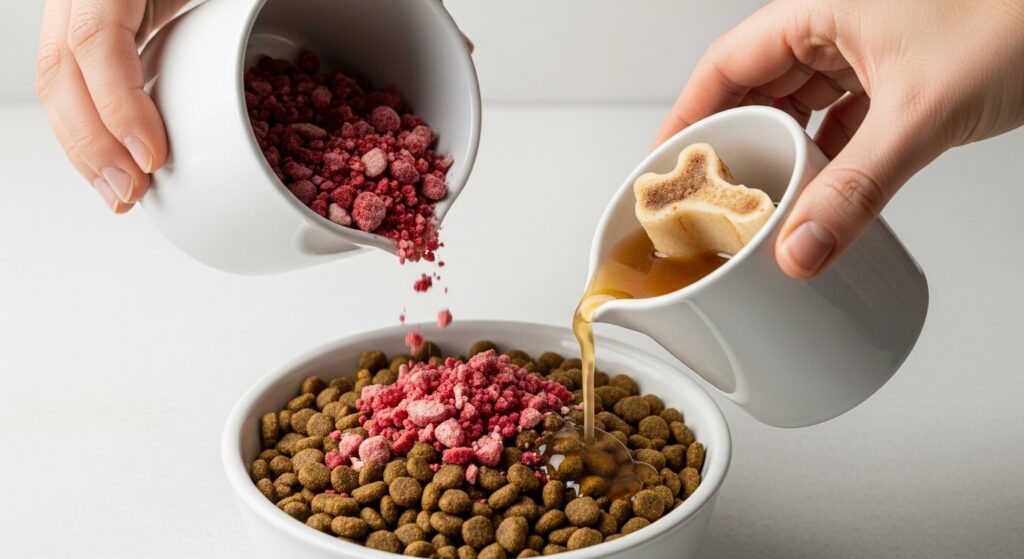
Top Recommended Dog Food Brands for Picky Eaters (2025)
Here are some honest, expert-approved brands that are often hits with fussy pups in the USA:
- Freshpet – Gently cooked, refrigerator-fresh meals dogs love.
- Merrick Grain-Free Wet Recipes – Extra meaty, aromatic, and flavorful.
- Blue Buffalo Delights & Homestyle – Moist, small-batch meals with hearty flavors.
- Nutro Ultra Grain-Free – Unique proteins with strong aromas.
- Stella & Chewy’s Freeze-Dried Raw – Nutritious, tasty, and can be used as a topper or main meal.
- Royal Canin Veterinary Diets (with vet approval) – Palatability formulas, especially for extreme picky eaters with medical needs.
Note: Always transition to a new food gradually to avoid stomach upset.
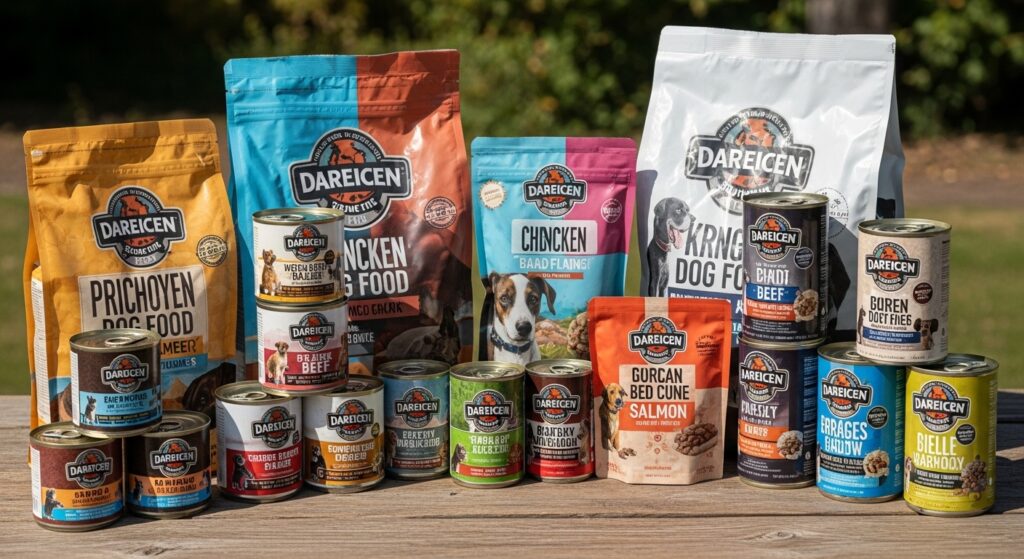
Smart Feeding Tips for Fussy Dogs
- Stick to a Schedule: Offer food at the same times daily and pick up uneaten food after 20–30 minutes.
- No Table Scraps: Avoid giving human food, as it makes dog food look boring by comparison.
- Limit Treats: Treats can reduce hunger. Give them only after your pup eats their proper meal.
- Make Mealtimes Fun: Try food-dispensing toys or puzzles to turn meals into a challenge.
- Stay Calm: Don’t beg or show frustration—dogs pick up on your mood!
- Use Warm Water or Broth: Warming the food slightly or mixing in broth can make it smell more appetizing.
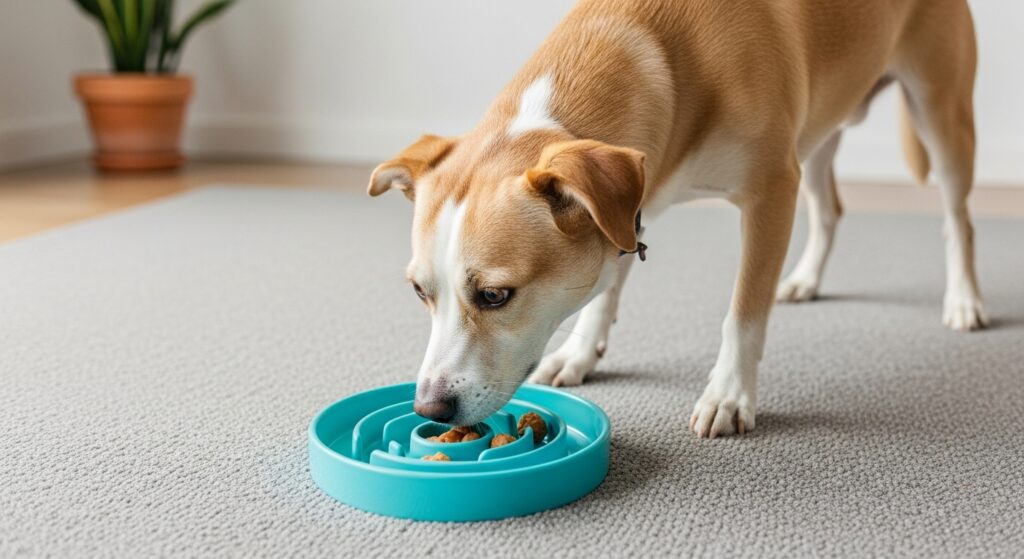
When to See a Vet
If your dog consistently refuses to eat for over 24 hours or has sudden weight loss, vomiting, diarrhea, or lethargy, see your vet ASAP. Medical conditions always need to be ruled out first before assuming it’s just pickiness.
Emotional Support Dog Training: A Step-by-Step Guide for Success
FAQs: Dog Food for Picky Eaters
1. Why won’t my dog eat his food but will eat treats?
Usually, dogs associate treats with high reward and strong flavors. Too many treats can spoil a dog’s appetite for regular food.
2. Are homemade diets better for picky eaters?
Sometimes! Dogs often love freshly cooked chicken or rice. But homemade diets should be balanced—ask your vet for a proper recipe.
3. How do I introduce new food to a picky eater?
Transition slowly over 7–10 days, gradually mixing more new food with the old to avoid tummy troubles.
4. Is it okay to add human food to encourage eating?
Small amounts of plain, cooked meats (like unseasoned chicken or beef) or low-sodium bone broth can help—but don’t overdo it, and never add unhealthy table scraps.
5. What if nothing is working?
First, check for medical issues. You may need to experiment with different proteins, textures, or ask your vet about prescription foods designed for picky eaters.
Conclusion
Helping a picky eater find food that delights them might feel tough, but it’s totally possible with the right approach. Stay patient, try these tips and foods, and you’ll soon see mealtimes turn from stress to tail wags!

